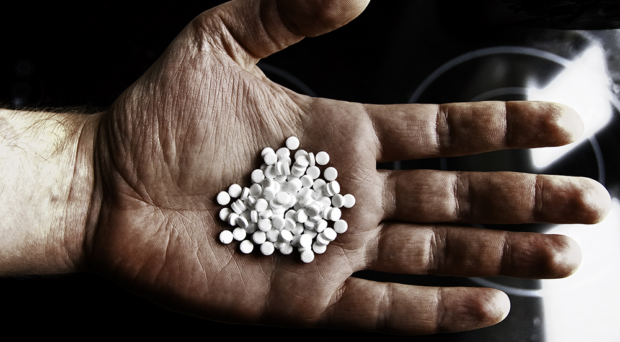
New Delhi metallo-beta-lactamase-1 (NDM-1) is a metallo-beta-lactamase enzyme, which displays the least homology with other beta-lactamase enzymes. It was first identified in Klebsiella pneumoniae isolated from a Swedish patient who had returned from India with a urinary tract infection in 2009. It has become more prevalent in the community and in hospital settings and its markers have been identified in almost all members of the enterobacteriacae family.
Physicians are facing grave challenges in controlling infections caused by these newly evolved NDM-1 producing bacterial strains, as all available antibiotics are becoming ineffective due to the evolution of antibiotic resistant markers. As a result, the emergence of NDM-1 and its new variants are becoming a threat to public health. In fact, many cases of mortality and morbidity have been reported worldwide due to this problem of resistance against a wide range of antibiotics.
In the current global setting of antibiotic resistance, particularly following the discovery of NDM-1 and its variants, it has become challenging for physicians to handle infections. NDM-1 producing bacteria are not killed by any beta-lactam antibiotic and even the last resort of antibiotics, carbapenems, are becoming ineffective. NDM-1 is more dangerous because it is present on the plasmid and can hence be easily transferred among the gut microbiota, leading to resistance among the entire population of gut cells. To add to this complexity, even the ultimate measure to control such infections, the use of colistin/polymyxin, is now facing limitations, following the discovery of the mcr-1 colistin resistant gene.
The continuous fight between human and bacteria is persistent and ever-evolving. It has global implications, not only in terms of public health, but also in terms of the tremendous economic burden due to the ineffectiveness of antibiotics against common infections. Not only are pharmaceutical companies struggling to develop new molecules as drug candidates, but within a few years of their development, bacteria are rapidly developing resistance. Currently, a few inhibitors against b-lactamases are available in the market, which may work against b-lactamase producing “bugs”, but no inhibitor has yet been successfully developed against metallo-b-lactamases, especially for NDM-1 and its variants.
Many studies have been performed to design novel inhibitors as lead molecules in order to develop future drug candidates, but overall success has yet to be attained. Researchers are exploring a range of possible molecules as better alternatives to inhibit NDM-1 producing bacteria. Another novel approach from the realm of material science, involves the combination of nanoparticles and nano-conjugates with drug molecules, resulting in an alternative approach classified as nano-medicine. In fact, several research groups have proposed a nano-particle induced photodynamic therapy, wherein singlet oxygen production from a photosensitizer may lead to a cascade of cytotoxic reactive oxygen species generation. This strategy has been proven to be effective against multidrug resistant bacterial strains, irrespective of type of resistant markers present, but it has not yet reached clinical trials. I presume that due to the nontoxic effect on the human cell line, this therapy can be approved and if so, it has to be brought to the awareness of physicians and clinicians for potential trials. Nevertheless, further improvements are necessary and effectiveness against systemic infections should become the next focus, since so far, only topical infections can be treated satisfactorily.
In this current scenario of emerging trends of resistance among the bacteria, what would be the destiny of human endurance on Earth? Besides these approaches to not only control the infection, but also to regulate the spread of these markers among the population of bacteria, “infection control” could be one of the more appealing approaches. More specifically, hospital infection control needs to be strengthened in order to streamline the proper management of infections in the hospital settings, especially within neonatal intensive care units (ICU) and other ICUs. Furthermore, it is pivotal that proper hygiene and hand wash awareness are launched in the communities.
As a matter of fact, I firmly believe that any emerging resistance problem may have a solution if the research community works collaboratively and in a structured manner. There is no need to panic over the current situation of multidrug resistance spread, rather take it as challenge at all fronts.
Well done. Congrats. All the best.